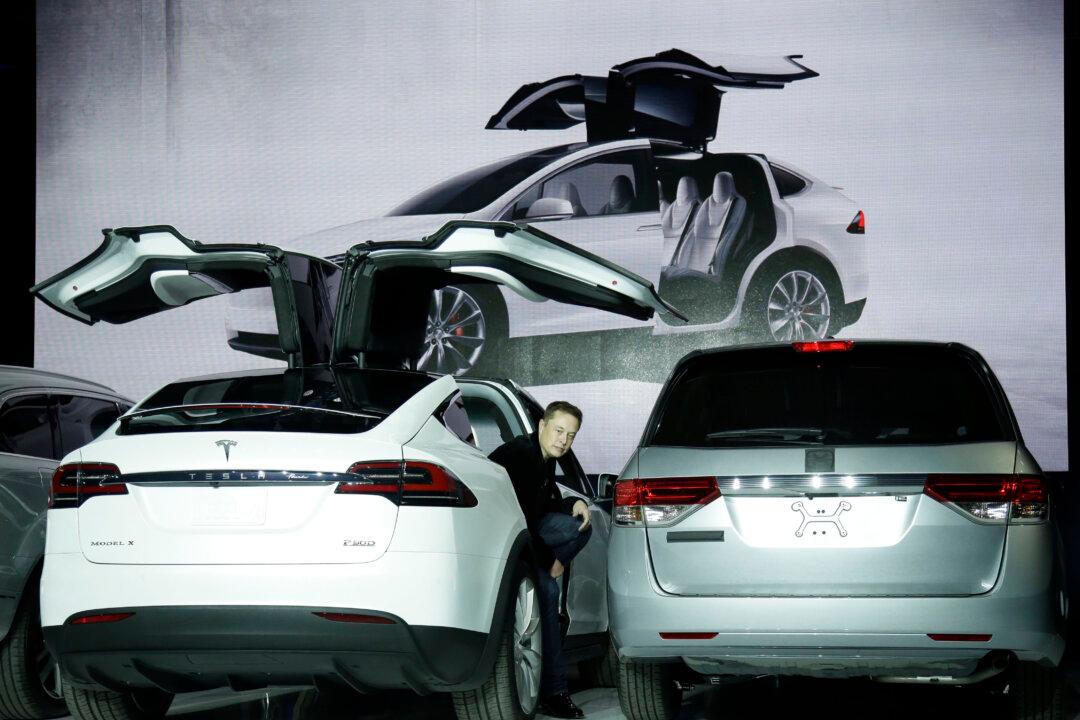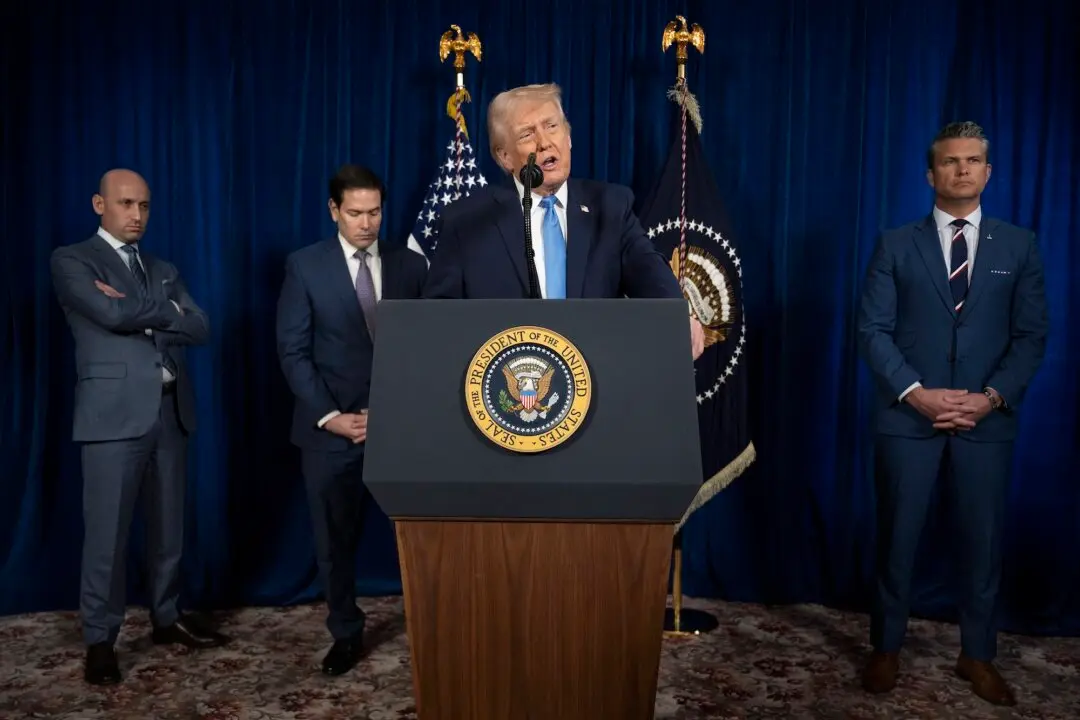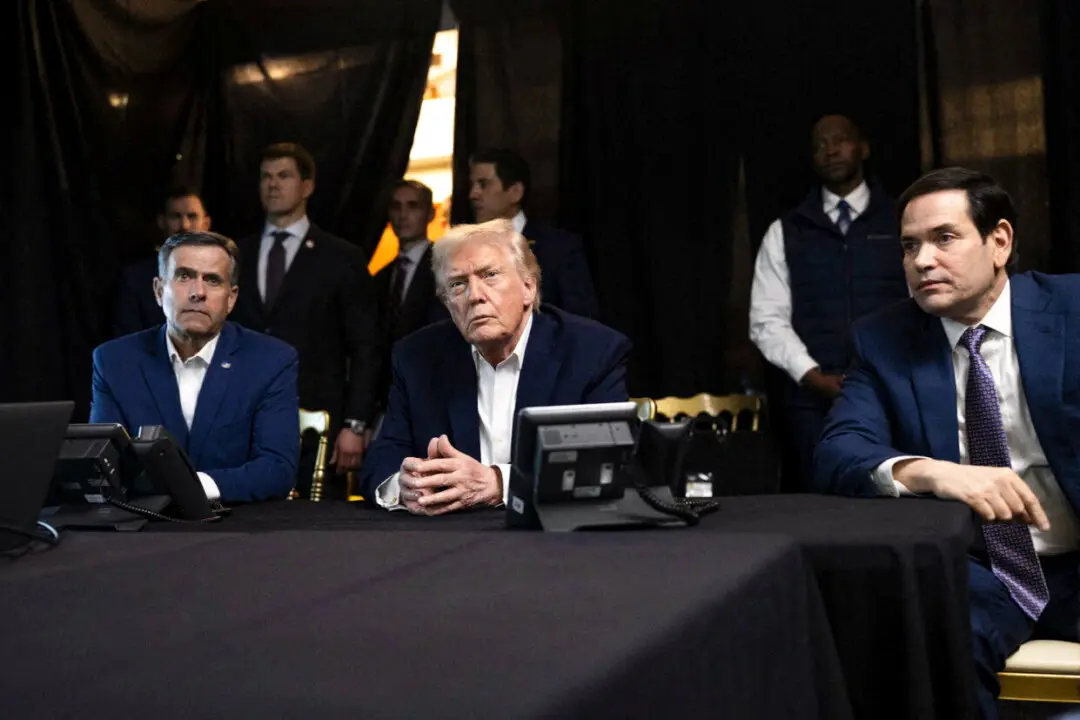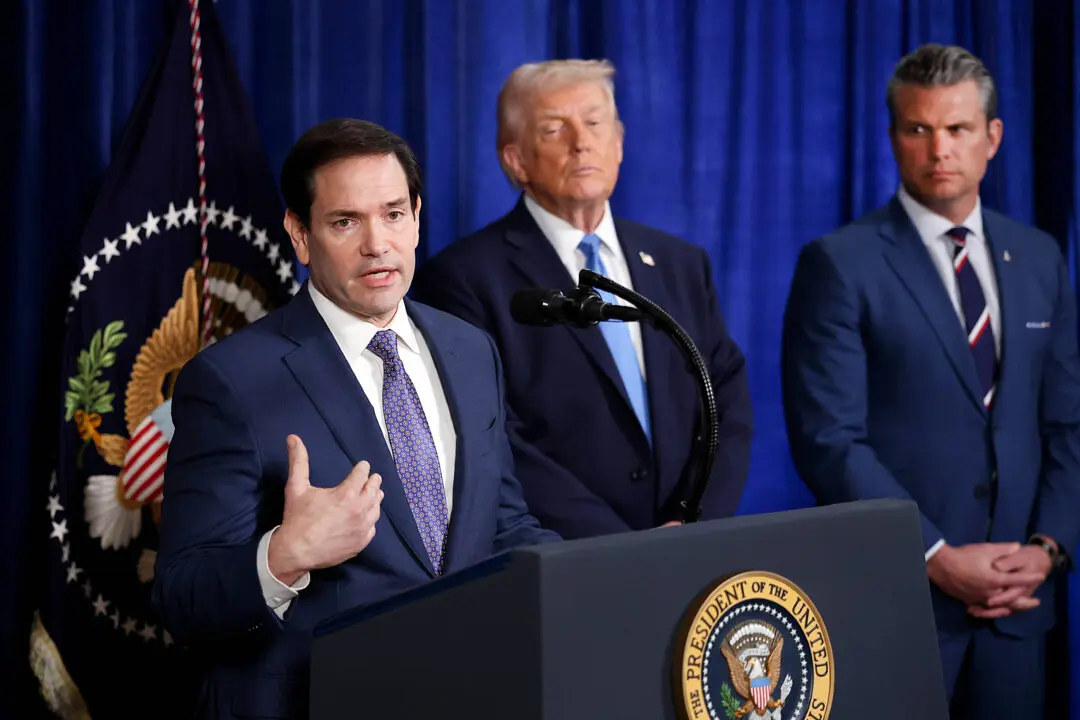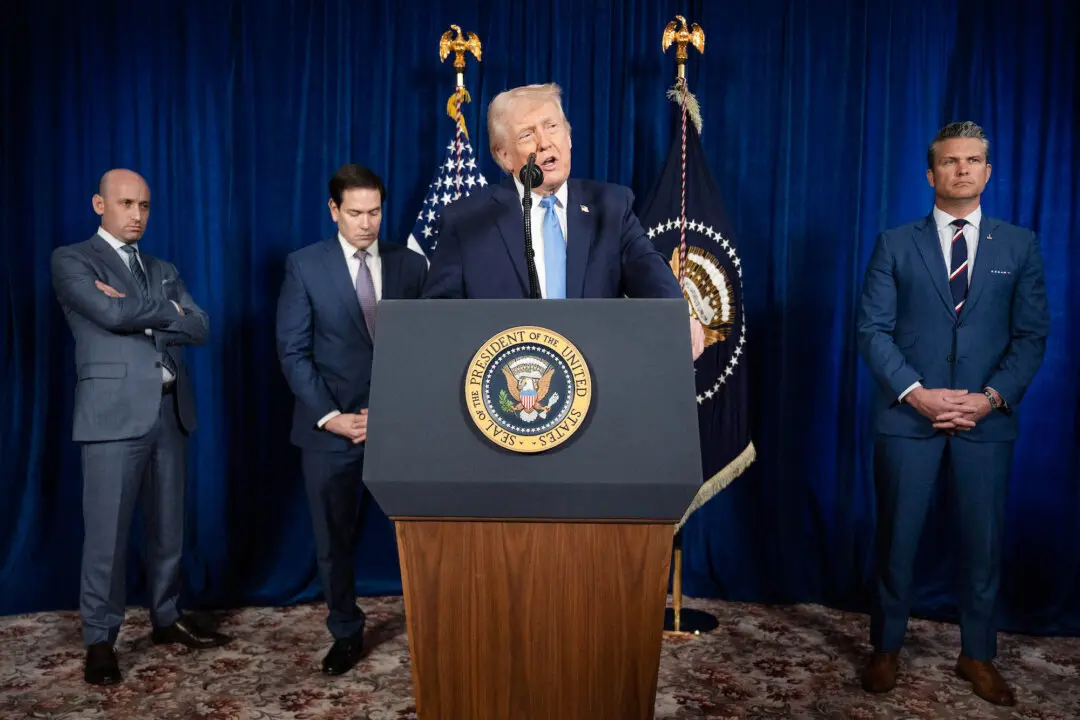Tesla and SolarCity announced on Aug. 1 that they reached an agreement to merge. Both companies’ boards of directors approved Tesla’s proposal from June 21.
Tesla Motors Inc. (TSLA:NASDAQ) agreed to buy SolarCity Corp. (SCTY:NASDAQ) in an all-stock deal, which valued the solar energy company at $2.6 billion. Elon Musk is the chairman and largest shareholder of both companies. Lyndon Rive, the CEO of SolarCity is a cousin of Elon Musk.
“Solar and storage are at their best when they’re combined,” stated Tesla in its blog. With Tesla being the storage and SolarCity the solar company, the combined entity aims to create fully integrated residential, commercial, and grid-scale products.
The companies expect to achieve cost synergies of $150 million in the first full year after closing.
